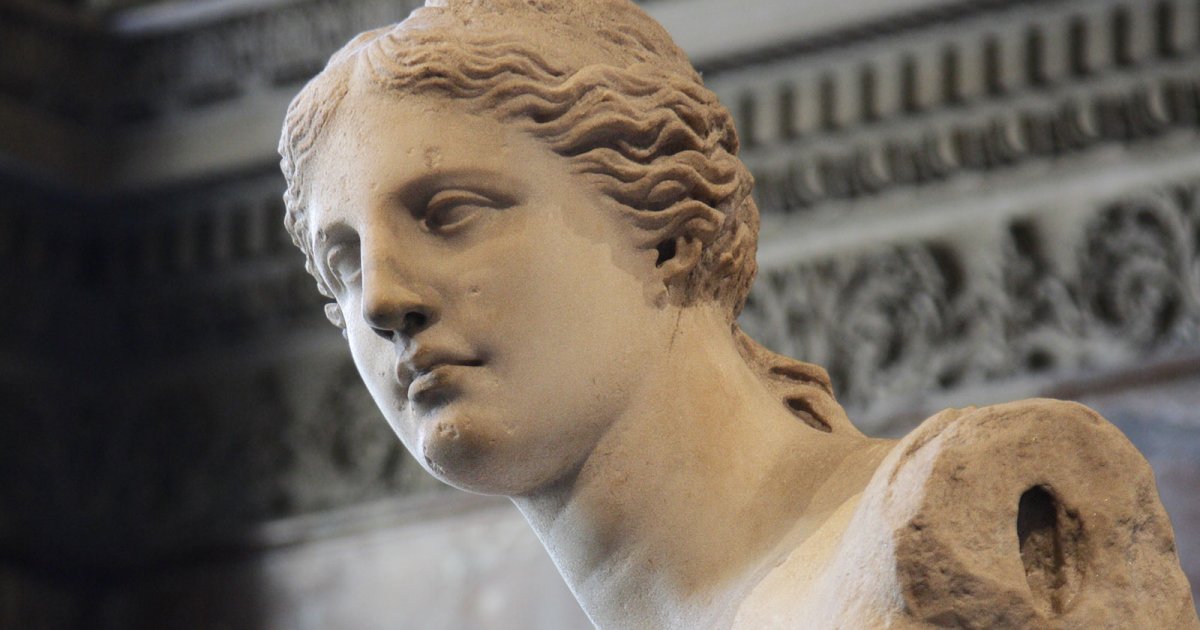LOUVRE MUSEUM, Venus De Milo Sully Wing Hall 16
 Language: English / USA
Language: English / USA
You're standing before Venus de Milo, one of the most famous sculptures of Hellenistic art and also one of the most impressive representations of feminine beauty.
"Our Lady of Beauty", as the German poet Heinrich Heine defined it, was found by a farmer in 1820 on Milo Island in the Cyclades archipelago. The statue was broken in two parts. The man was fascinated by it and hid it, but the statue was later discovered by Turkish soldiers and sold to a French officer who immediately understood that he was dealing with a masterpiece. He had it restored and presented it to King Louis XVIII, who bought it and placed it in the Louvre.
The critics now agree that the character depicted is Venus, goddess of love and protector of lovers. Immersed in her thoughts, she releases sensuality along with a respectable vein that makes her even more fascinating.
As you can see, the goddess is a bit taller than usual, 2 meters and 2 centimeters, and is standing with a naked chest and legs covered by drapes. If you look closely, you'll notice that the figure's weight is placed on her right leg, while the left is slightly bent. The rest of her naked body is turned slightly to the right. Her stern and somewhat round face is framed by wavy hair that is pulled back in a bun behind her neck. Unfortunately she no longer has arms: what gesture do you think she was making? Several ideas have been proposed. One of these theories ties the name of Milo Island to the word "apple" and to the famous myth of the judgment of Paris, who proclaimed Venus the most beautiful of the goddesses by giving her an apple of gold and in return receiving the love of the most beautiful woman in the world, Elena.
Take time to admire this statue from every angle, as it has been placed in the center of the room to allow admirers to fully appreciate it. As you admire the softness of the shapes and the delicacy with which the light caresses it, remember that the name of its author is still immersed in mystery. Most scholars agree on attributing it to Alexandros of Antioch, who would have made it around 130 BC.
FUN FACT: this work is universally considered a wonderful expression of feminine charm. Throughout its history, it has received praise in every corner of the world. The only one who has proclaimed otherwise was the painter Renoir, who defined it with little chivalry as being "Une grande gendarme"/"A fat policewoman".



